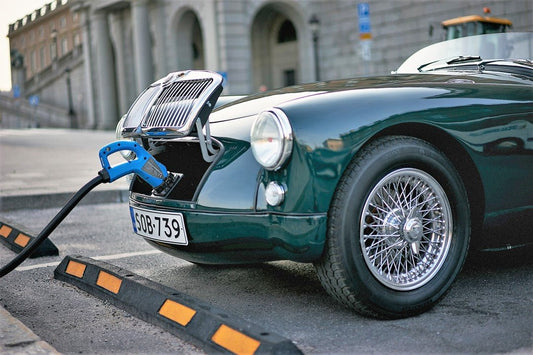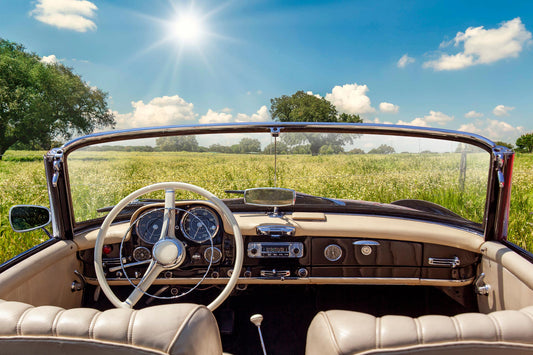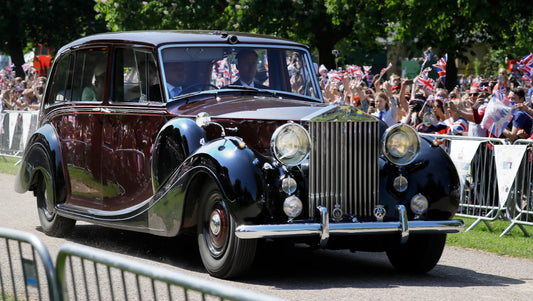Restoring classic cars is a labor of love for many car enthusiasts. It involves taking a vintage vehicle and bringing it back to its original condition, or even better. The process can be time-consuming and costly, but the end result is a piece of automotive history that can be enjoyed for years to come. The first step in restoring a classic car is to assess its condition. This includes identifying any rust, dents, or other damage to the body, as well as checking the mechanical components to see what needs to be rebuilt or replaced. Once the car has been thoroughly inspected, a plan can be made for the restoration process. The next step is to disassemble the car. This includes removing the engine, transmission, and other mechanical components, as well as taking apart the interior and exterior of the car. This allows for a more thorough cleaning and inspection, and also makes it easier to work on specific areas of the car. After the car has been disassembled, it is time to begin the rebuilding process. This can include repairing or replacing rust-damaged body panels, replacing worn out mechanical components, and restoring the interior. If the car is being restored to its original condition, great care must be taken to ensure that all parts and materials used are correct and authentic. Once the rebuilding is complete, the car is reassembled and painted. The paint job is an important step in the restoration process as it not only makes the car look good but also protects it from rust and other damage. Finally, the car is detailed, which includes cleaning and polishing the exterior and interior. Once the detailing is complete, the car is ready for its first test drive. Restoring a classic car is a rewarding experience, but it is not for the faint of heart. It requires a significant investment of time, money, and expertise. But for those who are willing to put in the effort, the end result is a beautiful and unique piece of automotive history that can be enjoyed for many years to come.
Looking where to go next? try these...
-
Standard Universal Wind Deflectors for Classic Cars
Regular price From £30.00Regular priceUnit price per -
Small Universal Wind Deflectors for Classic Cars
Regular price From £30.00Regular priceUnit price per -
Cobra Style Universal Wind Deflectors for Classic Cars
Regular price From £30.00Regular priceUnit price per -
Morgan Style Universal Wind Deflectors for Classic Cars
Regular price From £30.00Regular priceUnit price per







